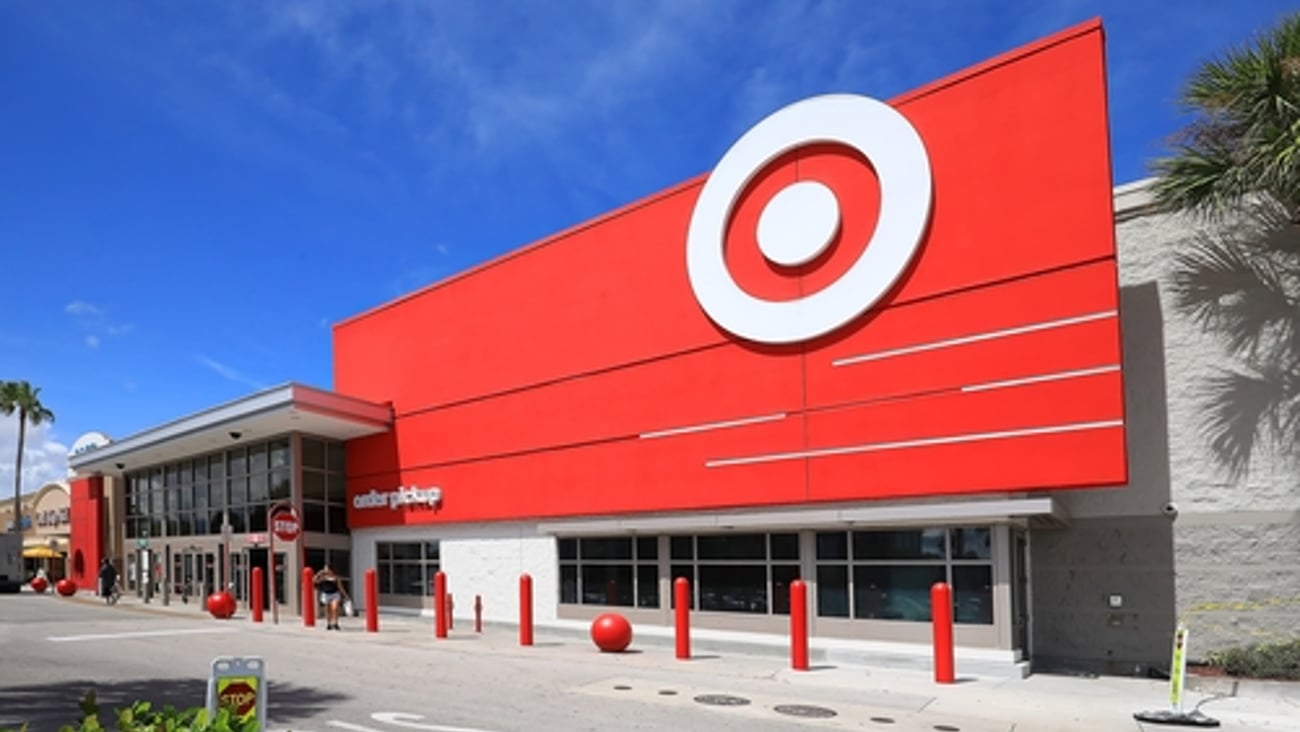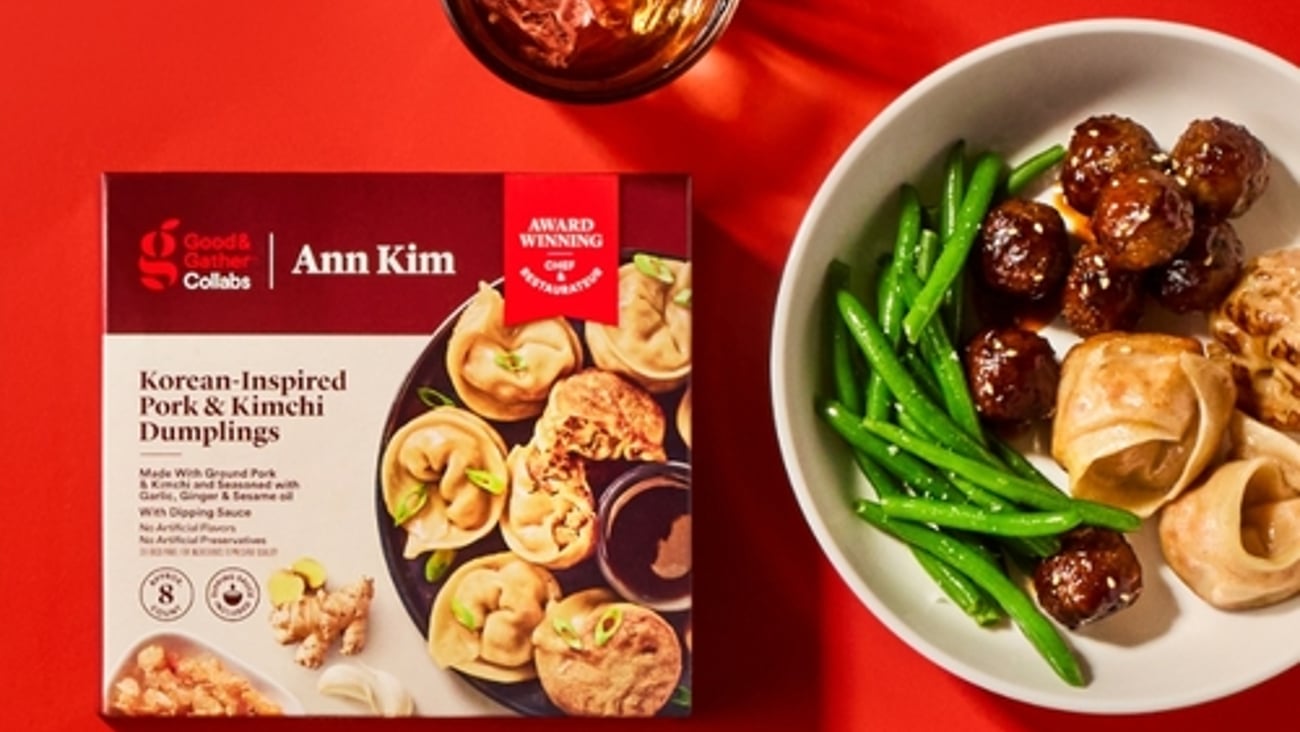Convenience stores a Christmas godsend
If you’re like me, you go grocery shopping on Christmas Eve, braving long lines to buy baking potatoes, salad fixings, frozen vegetables, soda, wine, and fresh meat or poultry to serve for your main meal on Christmas day. During this supermarket trip, I’m normally so focused on what I will make for my family’s Christmas dinner that I totally forget that my middle school-aged kids will get hungry before 6 p.m. On Christmas morning, I invariably realize that I failed to buy anything for breakfast or lunch. The two granola bars and can of tuna I have in the pantry will not cut it.
In the town where I live, a western suburb of Chicago, none of the supermarkets are open on Christmas, even for limited hours. I don’t fault grocery retailers for giving their staffs the day off. For many people, cultural as well as religious Christians, Christmas is a high point of the year, a time to celebrate with loved ones. Thus, it would be cruel to force a large number of employees to work on Christmas day to keep an entire supermarket operational.
Still, I do appreciate that convenience stores (and drugstores such as Walgreens and CVS) remain open on Dec. 25.
This Christmas, I decided to visit three local convenience stores to see what I could find for lunch. At Circle K, which is connected to a Shell station, I encountered an array of hot food items and settled on the Cheetah Mac — a hot dog covered with macaroni and cheese and Flamin’ Hot Crunchy Cheetos — for my 14-year-old son. At 7-Eleven, I purchased two single-serve containers of 7 Select heat-and-eat Broccoli Cheddar Cheese Soup, one for myself and one for my daughter, a huge soup fan. And at the Mobil gas station-situated Bucky’s, the newest and largest of the three stores, I bought a B-Fresh Chicken Bacon Ranch Wrap and a Bucky’s Lunch Box Club Deluxe (ham, turkey, roast beef and cheddar and Swiss cheese). Clearly, no one in my family would die of starvation before our T-bone steak dinner.
All three of the stores had several shoppers and manageable lines at the cash registers. Some of the customers were buying ready-to-eat or heat-and-eat food like I was, while others were buying needed staples and even winter gloves and snowbrushes.
Long before “curated assortment” became a grocery buzzword, convenience stores understood the value of offering customers a limited selection of a wide variety of items, from frozen meals to general merchandise. This channel also recognized that consumers would be willing to pay more for certain items if they could get in and out of the store quickly and that people don’t all have the same schedules and do appreciate flexible store hours.
As a consumer expectation, convenience is only going to grow in importance in the years ahead. Large-format grocery retailers need to consider how they can make the shopping experience easier for customers. Perhaps having a convenience store with a separate entrance — adjacent to or within a larger supermarket — is the answer. A handful of employees could keep the small-format store running whenever the supermarket is closed.
That way, whether on Christmas day or in the wee hours of the morning throughout the year, consumers could have access to some of their favorite grocers’ private brands.
Schierhorn, the managing editor of Store Brands, can be reached at [email protected].





